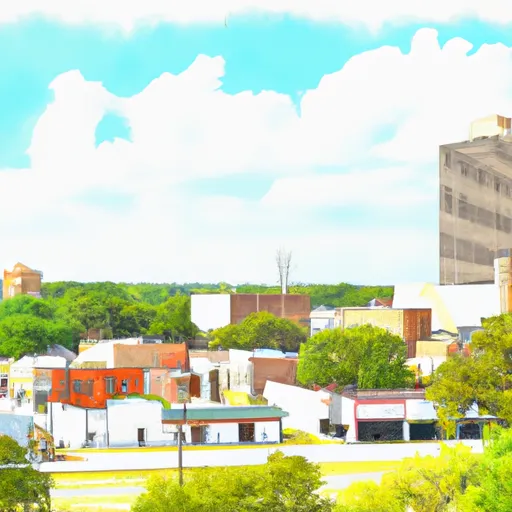°F
°F
mph
Windspeed
%
Humidity











Fayetteville, Texas is a small town located in Fayette County. The climate in Fayetteville is humid subtropical, with hot summers and mild winters. The area is prone to flooding due to its location near the Colorado River and its tributaries. The hydrology constituents in the area include the Colorado River, Piney Creek, and Cedar Creek. Outdoor recreation opportunities in Fayetteville include fishing, canoeing, kayaking, and hiking at nearby parks such as Lake Fayette and Monument Hill & Kreische Brewery State Historic Sites. The town is also home to several historic sites, including the Fayetteville Area Heritage Museum and the Old Fayette County Jail.
Weather Forecast
Fayetteville receives approximately 997mm of rain per year, with humidity levels near 89% and air temperatures averaging around 21°C. Fayetteville has a plant hardyness factor of 8, meaning plants and agriculture in this region tend to thrive here all year round.
Regional Streamflow Levels
0
Cubic Feet Per Second
2,320
Cubic Feet Per Second
1,050
Cubic Feet Per Second
115
Cubic Feet Per Second
Nearby Camping
| Camping Area | Reservations | Toilets | Showers |
|---|---|---|---|
| Brackenridge Plantation | |||
| Park Prarie - Lake Fayette | |||
| Austwell City Park | |||
| Indianola County Historic Park | |||
| Magnolia Beach | |||
| Rocky Creek - Lake Somerville |



